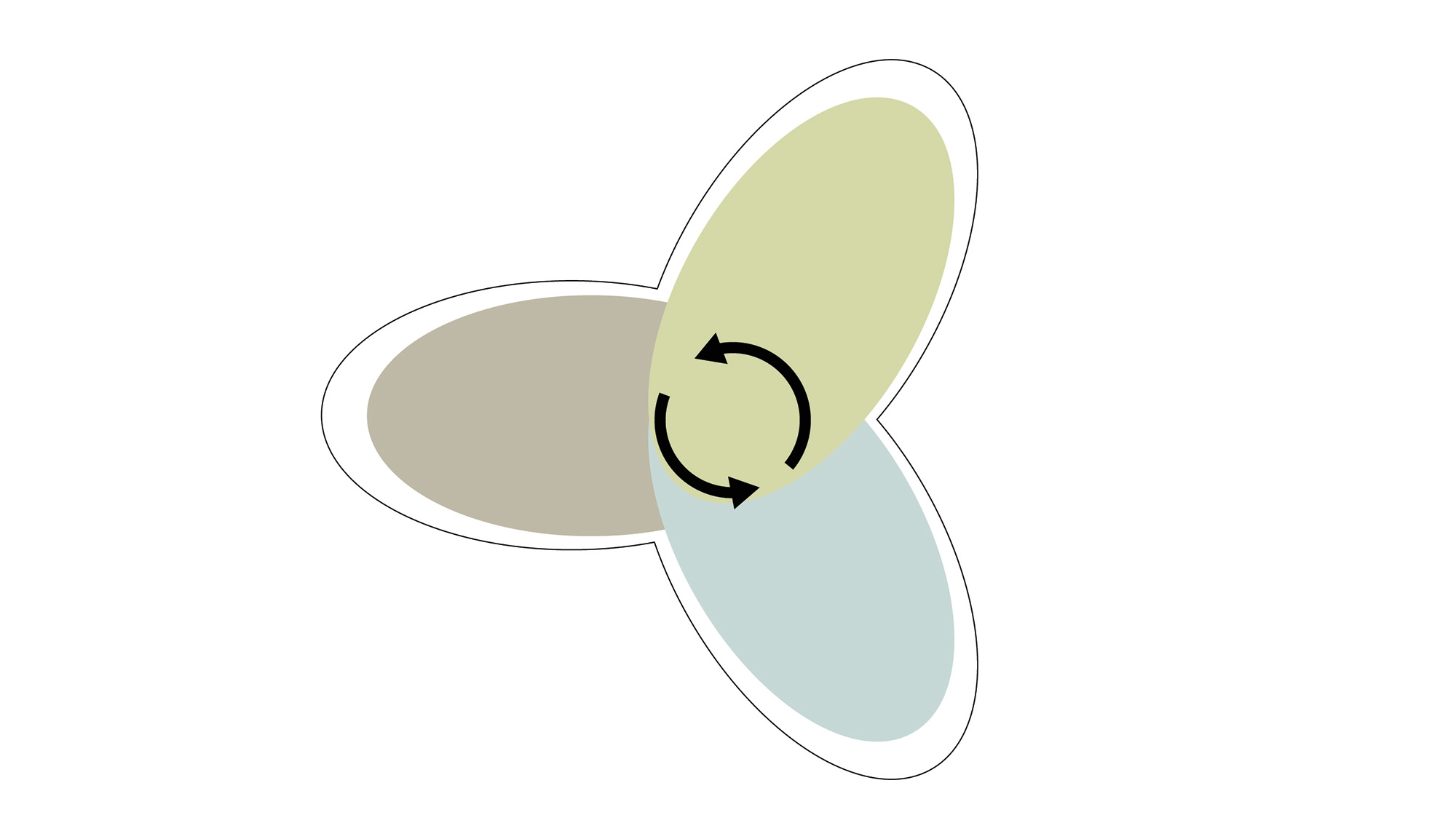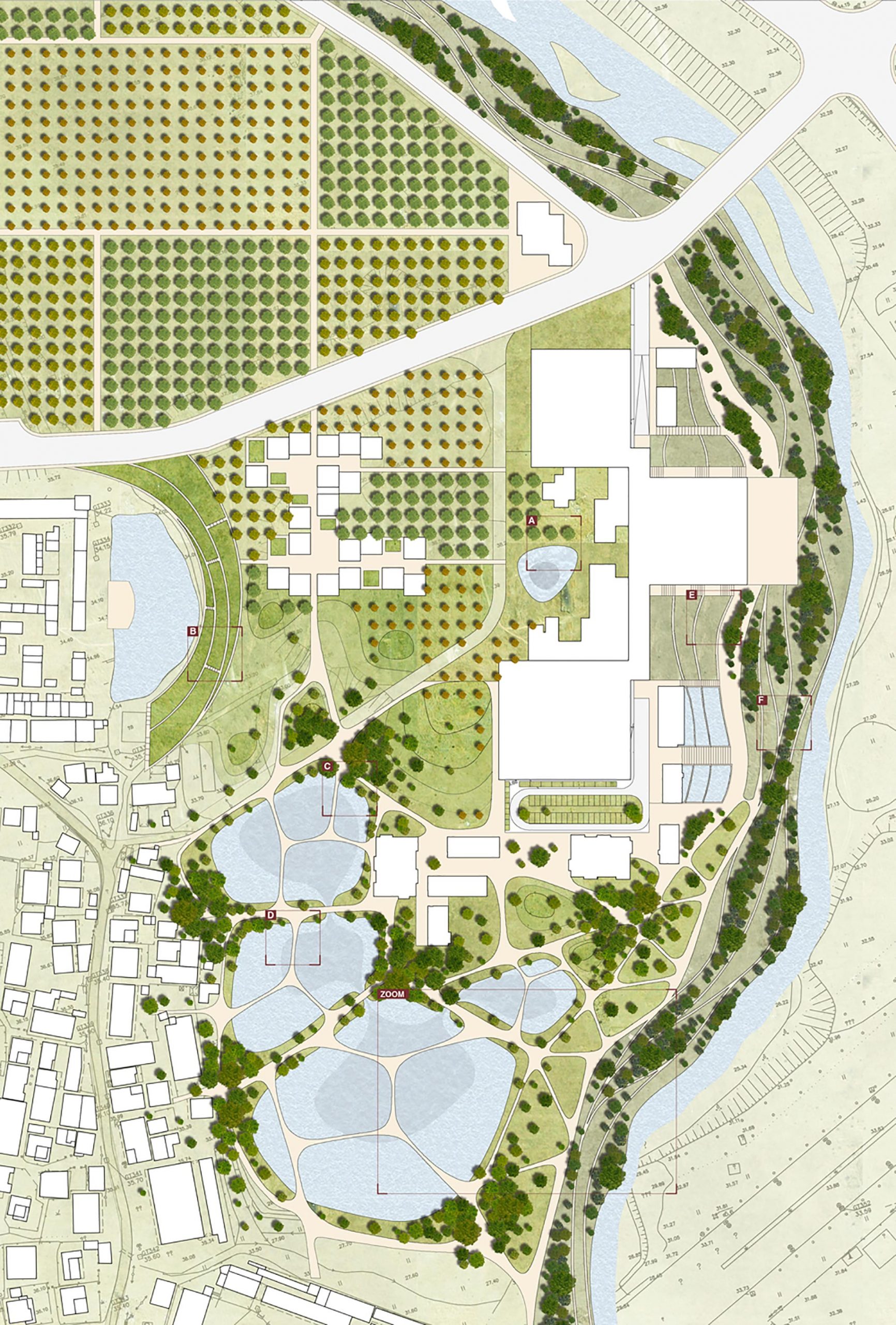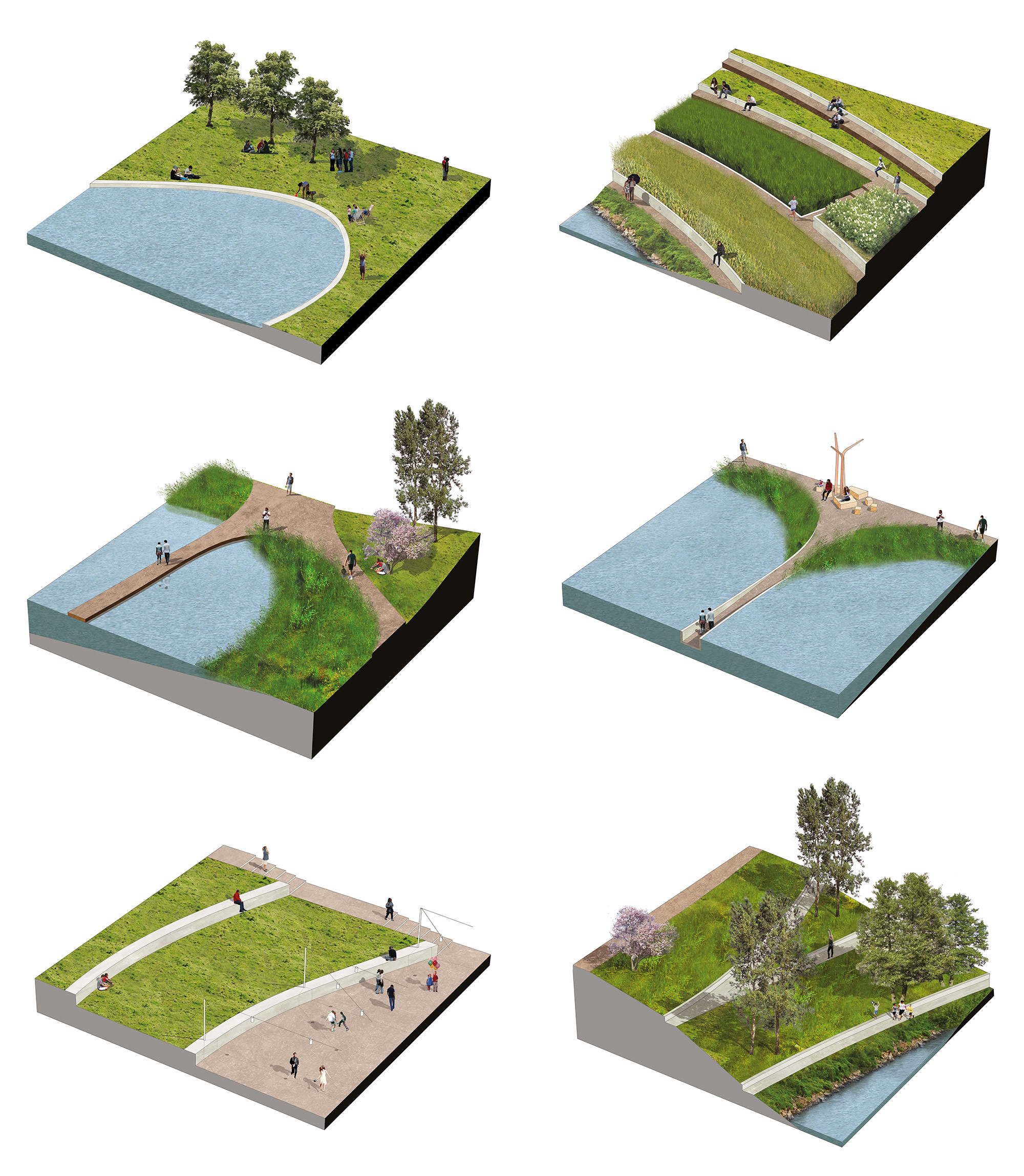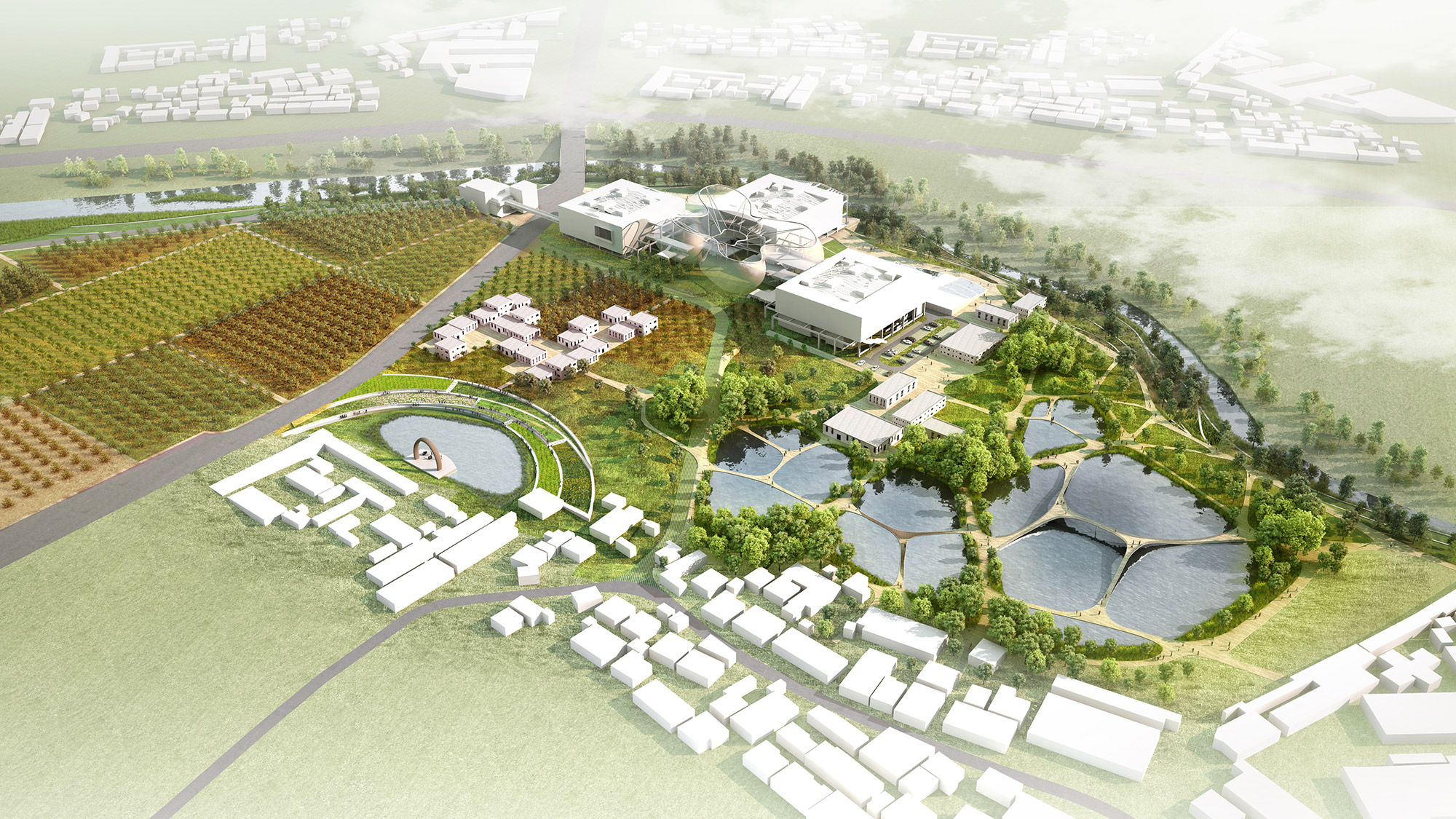Pingdi Low Carbon Campus
Shenzhen, China

The Shenzhen Eco City will showcase some of the most advanced sustainability-related technologies in the world, and the different ways of how these can affect different disciplines and therefore people daily life.
Sustainability has an extremely important role when it comes to landscape design. Dealing with landscape means to deal with some crucial ecological topics as the protection of natural systems, a resilient water management and enhancement of flora and fauna biological diversity.
The project starts from this deep understanding of the site background and local conditions. The landscape of Pingdi is not only meant to be the natural setting for the Shenzhen Eco City, but rather it will be part of it, the living part of it.
The landscape itself will showcase different ap- proaches of how open space design can be inte- grated with sustainability, and, in the same time, will provide space for relaxing and recreation to the many visitors of the site.
Three different landscapes will here merge creating a rich variety of atmospheres and will provide different functions to the users. Each of the three landscape typology will be driven by a specific sustainable approach of dealing with the open spaces, and will activate new natural processes that will mitigate the presence of Man and the exploitation of the land.

The North and West area of the site, temporary vacant, will be densely planted with different trees ‘species. This area will be used as a tree nursery: once a new use of the land will be required, the trees will be moved and replanted in the park. The southern part of the site will include a new urban park. It will feature a natural-looking landscape of ponds connected to each other. Those ponds will work as a storage volume for rainwater and grey waters, and they will be cleaned by phytoremediation. The riverfront will be kept as natural as possible, and planted with a wide variety of species enhancing the local biodiversity.



